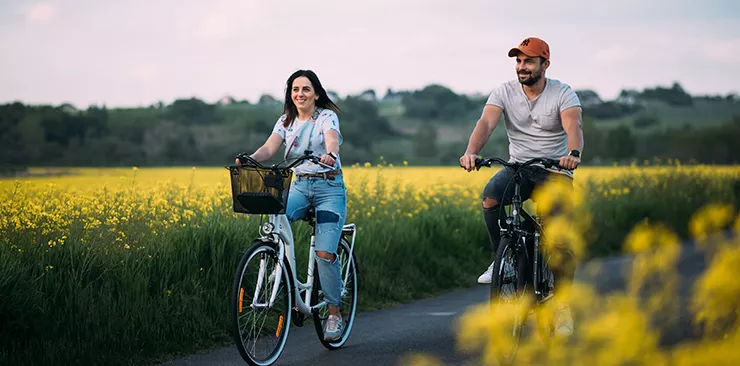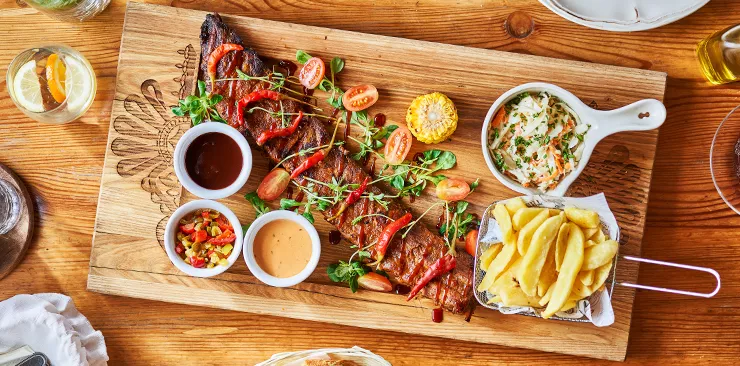





Eastern Małopolska: rightfully stepping out of a shadow.
Hailed as the warmest corner of Poland with the highest number of sunny days in the country, the area around Tarnów, Małopolska’s second-largest city, is often obscured and outshone by the global fame of Kraków, the region’s capital. If this part of Małopolska is sometimes neglected, it is a great injustice indeed!

Tarnów, the pride of Eastern Małopolska, is a charming historical old town. Deserving particular accolade (and a visit!) is its picturesque market square with the Gothic-turned-Renaissance town hall standing slightly off its centre. There’s a lack of consensus among experts whether it is best appreciated and admired from inside the restaurant in a magnificent colonnaded house or one of the restaurant gardens. Just a few steps away, you’ll discover the 14th-century cathedral with valuable Renaissance tombs and epitaphs. The solitary Bimah, the sole remnant of the synagogue the Nazis destroyed in the Second World War is a silent memory of the centuries of rich history of the city’s Jewish community.
Not far from Tarnów lies Zalipie, the most iconic and quite literally the most picturesque village in all of Poland. Farmhouses, fences, wells – everything comes adorned with colourful floral ornaments. One of the farms houses an open-air museum dedicated to the unique local custom. Other unique places lying in a similar distance from Tarnów or closer include the Dębno Castle, the charming and ancient town of Stary Sącz that grew around the Church and Convent of Poor Clares, and the rocks of the Petrified City near Ciężkowice. Latest developments include the breathtaking building of the Krzysztof Penderecki European Centre for Music in Lusławice. Boasting a concert hall with 650 seats, this work of the great composer’s mind stands across a street from the manor house he refurbished and surrounded with acres upon acres of arboretum “built” of over a thousand tree species. The whole is best admired on a charming guided tour.
The area is a great destination for gastronomy enthusiasts too. Its warm climate produces sun-soaked fruit and vegetables. As the sunny slopes invite the development of vineyards, local wines are certain to add a touch of taste to your visit. For more information about Tarnów and its surroundings, click here.
The custom of painting houses in Zalipie started in the 19th century and served the visual improvement of the walls, darkened by the copious amount of soot coming from stoves commonly used at the time. To counteract this and brighten the interiors, the esteemed women of Zalipie treated the walls with lime. With time, they bedecked the now white or blue walls with colourful bouquets. The whole was complemented with paper flowers and other trinkets, and straw spiders. Soon the custom spread from the interiors of their houses to the external walls as well.
Standing by the Czchowskie Reservoir are the charming ruins of Czchów and Tropsztyn castles, if you believe their names are quite a mouthful, let me only note that the latter stands in a village called Wytrzyszczka. Good luck with your Polish pronunciation!








